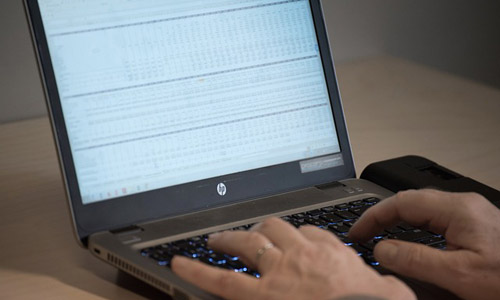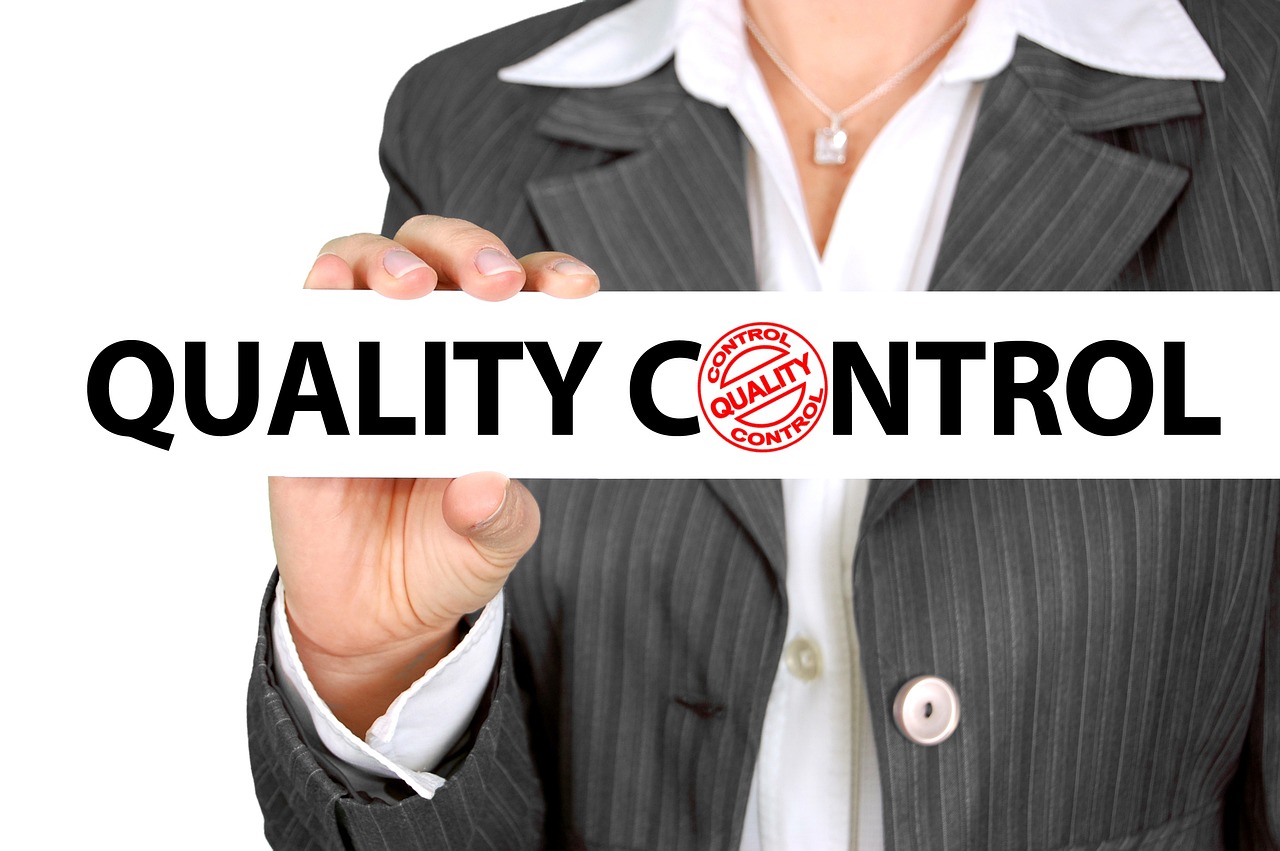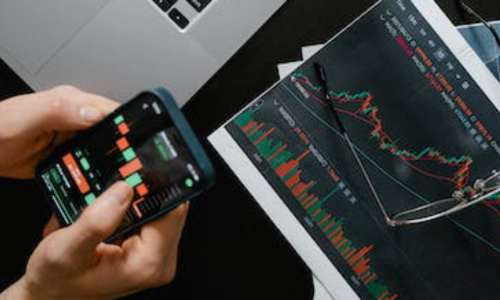Services de traduction de documents de demande de brevet
Les documents de demande de brevet sont des instruments juridiques essentiels qui protègent les inventions et les innovations contre toute utilisation non autorisée. Ces documents doivent être traduits avec précision et exactitude lorsqu'ils sont soumis aux offices de brevets étrangers, car toute mauvaise interprétation ou ambiguïté pourrait entraîner le rejet de la demande ou affaiblir la protection offerte par le brevet. La traduction des documents de demande de brevet est un domaine spécialisé qui exige non seulement une expertise linguistique, mais aussi une compréhension approfondie du sujet technique et de la terminologie juridique. Cet article explorera les différents types de documents de demande de brevet, les défis liés à leur traduction et les meilleures pratiques pour garantir des traductions de haute qualité.

Bonnes pratiques pour une traduction de documents de brevets de haute qualité

Collaboration avec des experts en la matière
- Compte tenu de la nature technique des documents de brevet, il est souvent avantageux pour les traducteurs de collaborer avec des experts en la matière (PME) qui ont une connaissance approfondie du domaine concerné. Cette collaboration peut contribuer à garantir que la traduction est techniquement exacte et que les concepts complexes sont correctement transmis.
Utilisation de la mémoire de traduction et des bases de données terminologiques
- Les outils de mémoire de traduction peuvent s'avérer très utiles pour assurer la cohérence entre les demandes de brevet de grande envergure, en particulier lorsque l'on travaille avec plusieurs documents. Ces outils stockent les segments déjà traduits et les suggèrent pour les utiliser dans de nouvelles traductions, garantissant ainsi que les mêmes termes et expressions sont utilisés de manière cohérente.
- Les bases de données terminologiques sont également essentielles pour gérer le vocabulaire spécialisé utilisé dans les documents de brevets. Ces bases de données peuvent être personnalisées pour inclure des termes spécifiques à un secteur, une terminologie juridique et des traductions préférées, ce qui permet de garantir l'exactitude et la cohérence de la traduction.
Processus d'assurance qualité
- Un processus d’assurance qualité (AQ) rigoureux est essentiel pour garantir l’exactitude des traductions de brevets. Ce processus implique généralement plusieurs cycles de révision, notamment des contrôles d’exactitude technique, de conformité juridique et de qualité linguistique. Le processus d’AQ peut également inclure une validation par un deuxième traducteur ou un expert pour détecter d’éventuelles erreurs ou ambiguïtés.
- En outre, les traducteurs de brevets doivent utiliser des glossaires, des guides de style et d’autres documents de référence pour garantir que leurs traductions répondent aux normes requises.
Comprendre le contexte juridique
- Les traducteurs de brevets doivent avoir une bonne compréhension du contexte juridique dans lequel la traduction sera utilisée. Cela comprend la connaissance des lois et réglementations sur les brevets dans la juridiction cible, ainsi que des exigences spécifiques aux demandes de brevet. La compréhension du contexte juridique permet de garantir que la traduction est non seulement exacte, mais également juridiquement solide.
Formation continue et développement professionnel
- Le domaine de la traduction de brevets est en constante évolution, avec l'apparition régulière de nouvelles technologies et de nouveaux développements juridiques. Pour rester à la pointe, les traducteurs de brevets doivent se former et se perfectionner en permanence. Cela peut inclure la participation à des conférences sectorielles, la participation à des programmes de formation spécialisés et la tenue à jour des dernières tendances et des meilleures pratiques en matière de traduction de brevets.
Types de documents de demande de brevet
Demandes de brevet d'invention
- Spécification:Le mémoire descriptif est la partie la plus détaillée d'une demande de brevet, décrivant l'invention dans son intégralité, y compris son fonctionnement et la manière dont elle peut être réalisée. Ce document nécessite une traduction précise des termes techniques et une description claire et sans ambiguïté de l'invention.
- Réclamations:Les revendications définissent l'étendue de la protection du brevet. Elles doivent être traduites avec exactitude, car elles déterminent ce qui est protégé par le brevet et ce qui ne l'est pas. Toute erreur de traduction pourrait conduire à une portée de protection plus restreinte ou, à l'inverse, à une revendication trop large qui pourrait être contestée.
- Abstrait:L'abrégé fournit un résumé de l'invention. Bien qu'il soit plus court que la description, il doit néanmoins transmettre avec précision l'essence de l'invention.
- Dessins:Bien que les dessins eux-mêmes ne nécessitent pas de traduction, le texte ou les annotations qui les accompagnent doivent être traduits avec précision pour garantir que les dessins sont correctement compris.
Demandes de brevet de modèle d'utilité
- Spécifications et revendications:Comme les brevets d'invention, les brevets de modèle d'utilité nécessitent un mémoire descriptif et des revendications, mais ceux-ci couvrent généralement des inventions plus simples. Cependant, la nécessité d'une traduction précise reste primordiale.
- Dessins et résumés:Les brevets de modèle d’utilité comprennent également des dessins et un abrégé, qui doivent être traduits avec le même niveau de soin que les brevets d’invention.
Demandes de brevet de conception
- Description de la conception:La description du design explique les aspects visuels du design. La traduction de cette description nécessite une bonne compréhension des éléments de design et de la façon dont ils sont perçus dans différentes cultures.
- Réclamations:Bien que les brevets de conception comportent généralement des revendications plus simples, ils nécessitent néanmoins une traduction précise pour garantir que la conception soit correctement protégée.
- Dessins et photographies:Comme pour les brevets d’utilité et d’invention, toutes les annotations ou descriptions qui accompagnent les dessins et les photographies doivent être traduites avec précision.
Demandes de brevets provisoires
- Spécification:Les demandes provisoires comprennent souvent un mémoire descriptif moins formel qu'une demande de brevet complète. Cependant, la traduction de ce document nécessite toujours un niveau de précision élevé pour garantir que la demande provisoire puisse être ultérieurement convertie en demande de brevet non provisoire sans perdre aucune protection.
- Dessins:Les demandes provisoires peuvent inclure des dessins, et les mêmes règles de traduction des annotations s'appliquent ici également.

Pourquoi nous choisir
Devis de traduction
Le prix de nos services de traduction dépend des facteurs suivants :
- Complexité professionnelle et intrication des données
- Langue source
- Langue cible
- Le volume total de données à traduire
- Complexité du traitement technique
- Contraintes de temps
- Spécifications de mise en page
- Ratio de vocabulaire spécialisé
- La nécessité de réviseurs étrangers et le niveau d’urgence, etc.
Pour obtenir l’estimation la plus précise possible de votre projet de traduction commerciale, remplir notre formulaire de devis est la démarche optimale.

